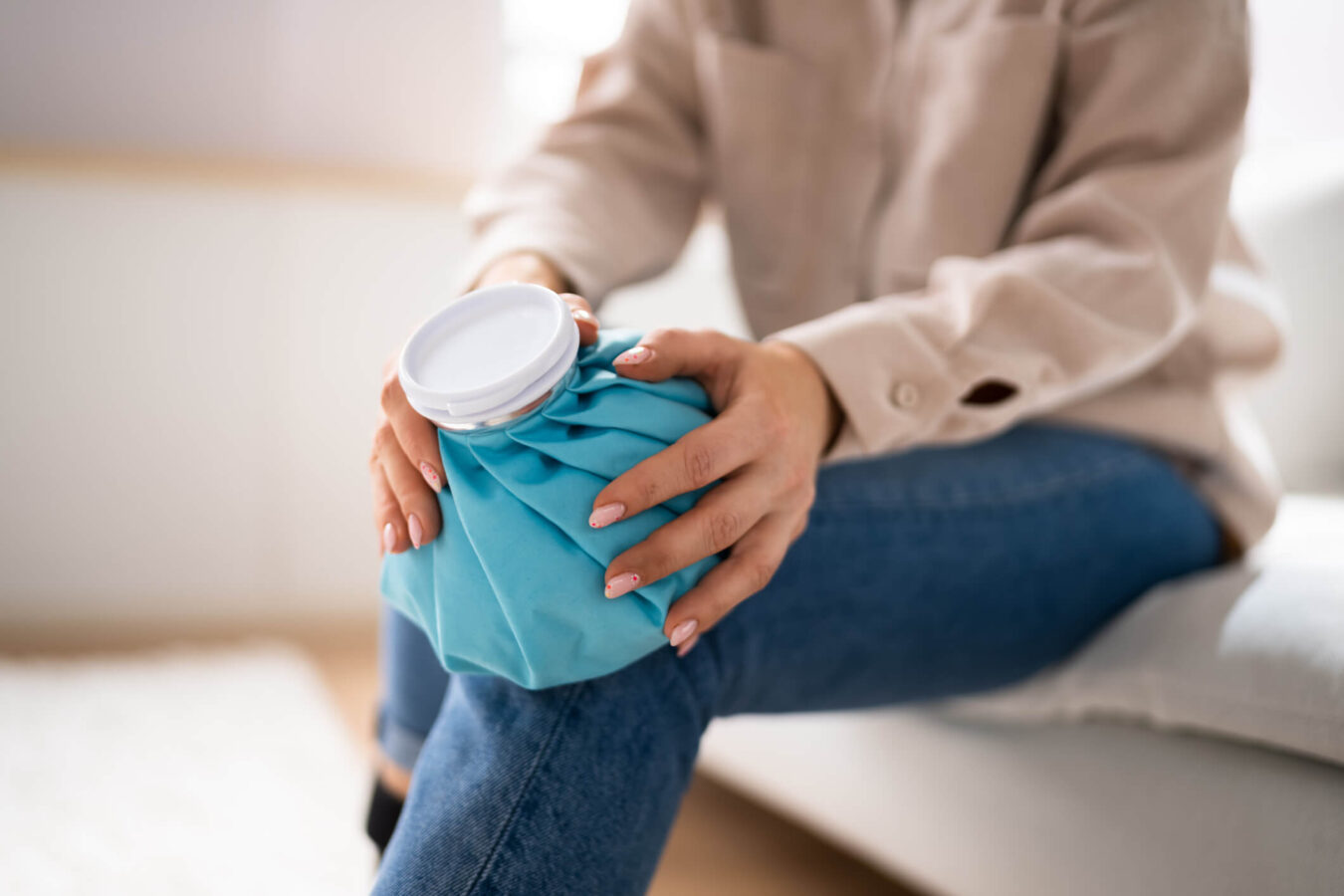
Medically reviewed by Misty Seidenburg
Cold therapy, also known as cryotherapy, is a technique that exposes the body to extreme cold temperatures to achieve certain health benefits. While cryotherapy as a practice is relatively new, using cold temperatures to treat pain, promote recovery, and other therapeutic uses dates back centuries.
In recent years, the practice has become popular with athletes, with many heading straight for an ice bath or “cold plunge” after a game or match. But what does cryotherapy do, and is it right for you? Keep reading to learn about cryotherapy and this unique approach to healing from pain, injuries, and muscle fatigue.
Cryotherapy uses sub-zero temperatures to treat body pain and soreness. There are several ways to administer localized cold therapy to target specific areas of the body, including ice massage, ice packs, and ice baths. Typically, these are applied for 10-12 minutes per treatment.
Whole-body cryotherapy (WBC) exposes the entire body to extremely cold air for two to four minutes. The person receiving treatment steps into a specially designed tank or chamber. Some chambers are shoulder height, while others enclose the entire body.
It’s important to note the distinction between WBC, which is available at wellness centers and localized cold therapy provided by physical therapists. Speak with your physical therapist to determine if cold therapy and other treatments may be beneficial for your health condition and your symptoms.
It’s pretty cold! For WBC in particular, temperature inside the enclosure drops to negative 200-300˚ Fahrenheit. Protective coverings are provided to protect the ears, hands, and feet. However, local cryotherapy applied to specific areas of the body does not dip below 0˚F. Actual temperatures will vary depending upon the specific cooling method involved.
The introduction of cold temperatures triggers the body’s natural “fight or flight” response. When this occurs, the blood vessels become constricted. Blood moves away from the extremities toward the center of the body to protect the organs. This causes levels of oxygen and certain proteins to increase which is believed to reduce pain, soreness, and swelling.
Cryotherapy is reported to help with a wide range of physical symptoms and conditions. These include:
Because cryotherapy activates a rush of adrenaline and “feel good” endorphins throughout the body, it may also be helpful for patients experiencing anxiety, depression, and other mood disorders.
Temporary tingling, redness, and numbness may occur with cold therapy. However, they typically go away within 24 hours. In rare cases, cold-induced rashes and frostbite have been reported.
Whole-body Cryotherapy is not recommended for people with:
It’s important to consult your healthcare provider to determine if cold therapy and other treatments are safe and appropriate for your specific health concerns. treatments to help you reach your health and wellness goals.
Find a physical therapy clinic near you.
